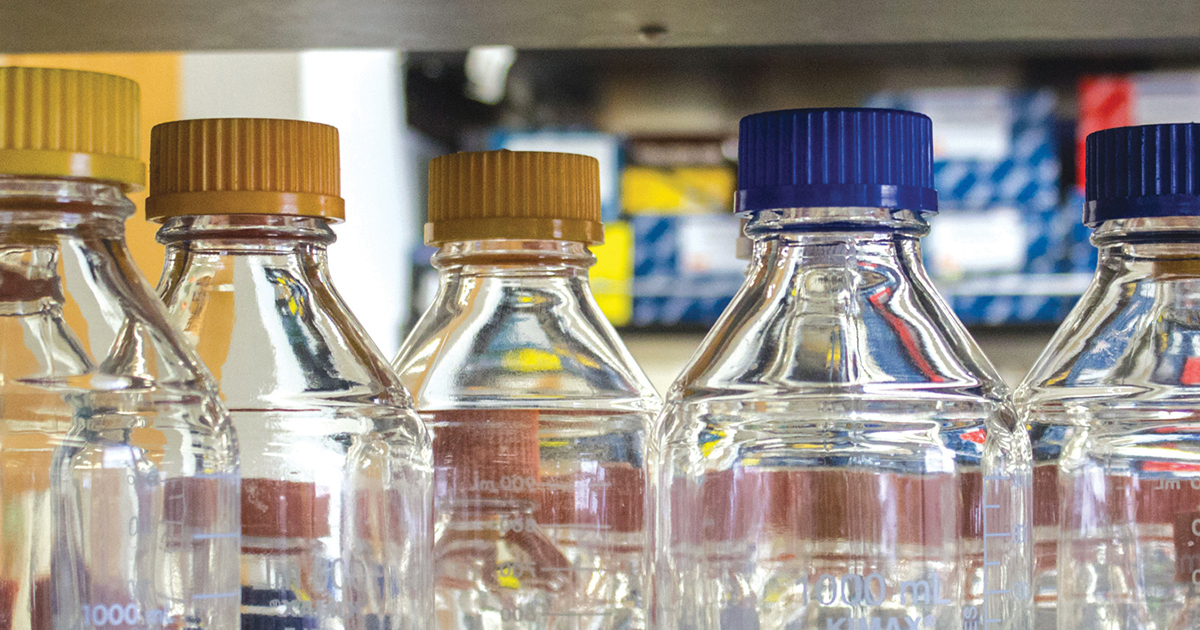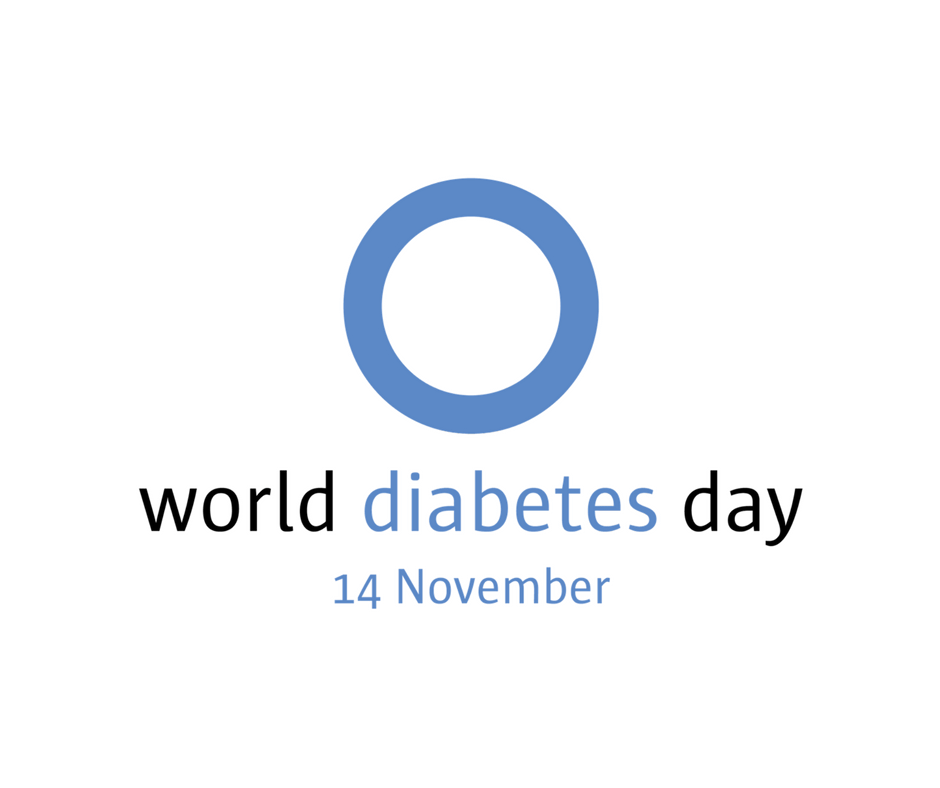Month: November 2016
-

Imbalance of Bacteriome Profiles Within the Finnish Diabetes Prediction and Prevention Study
Original article published by Wiley Online Library on August 22, 2016. Click here to read the original article. Abstract Background We set out to explore associations between the stool bacteriome profiles […]
-

A Diabetes-Friendly Thanksgiving
Food-heavy holidays, such as Thanksgiving, can be particularly hard for those with type 1 diabetes. Between carb-heavy foods, meals served at odd times to accommodate everyone’s schedules and perhaps even […]
-

How to Honor National Diabetes Month
Diabetes affects more than 29 million Americans and is the 7th leading cause of death in the US today. While Diabetes Research Connection fights to find a cure for type […]
-

Presidential Proclamation — National Diabetes Month, 2016
Original article published by The President of the United States of America on October 28, 2016. Click here to read the original article. More than 29 million Americans have diabetes — […]
